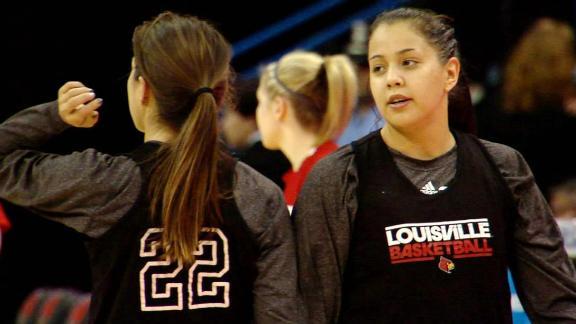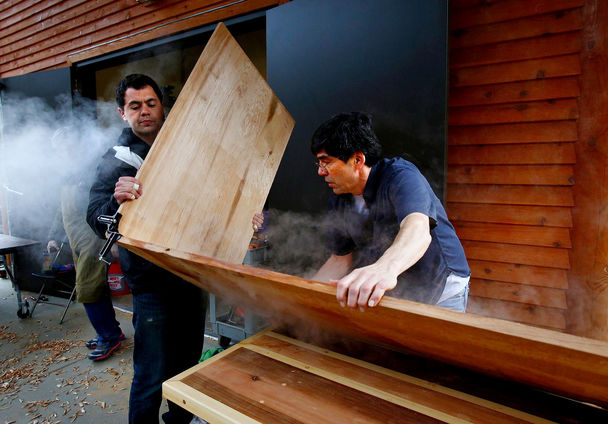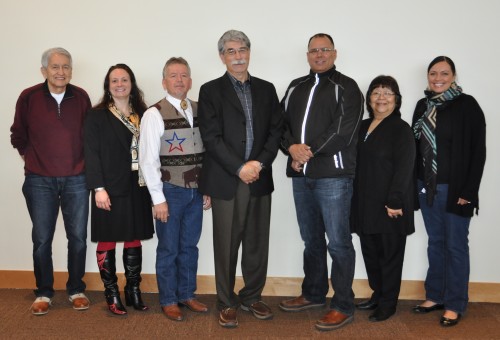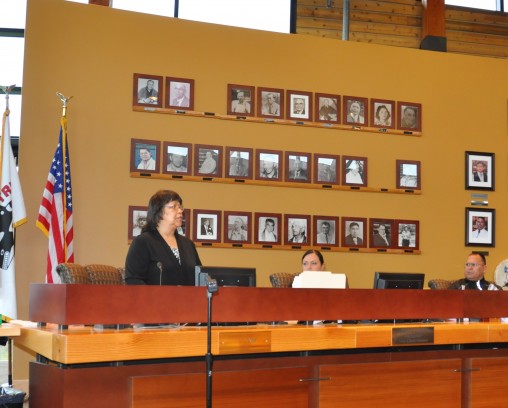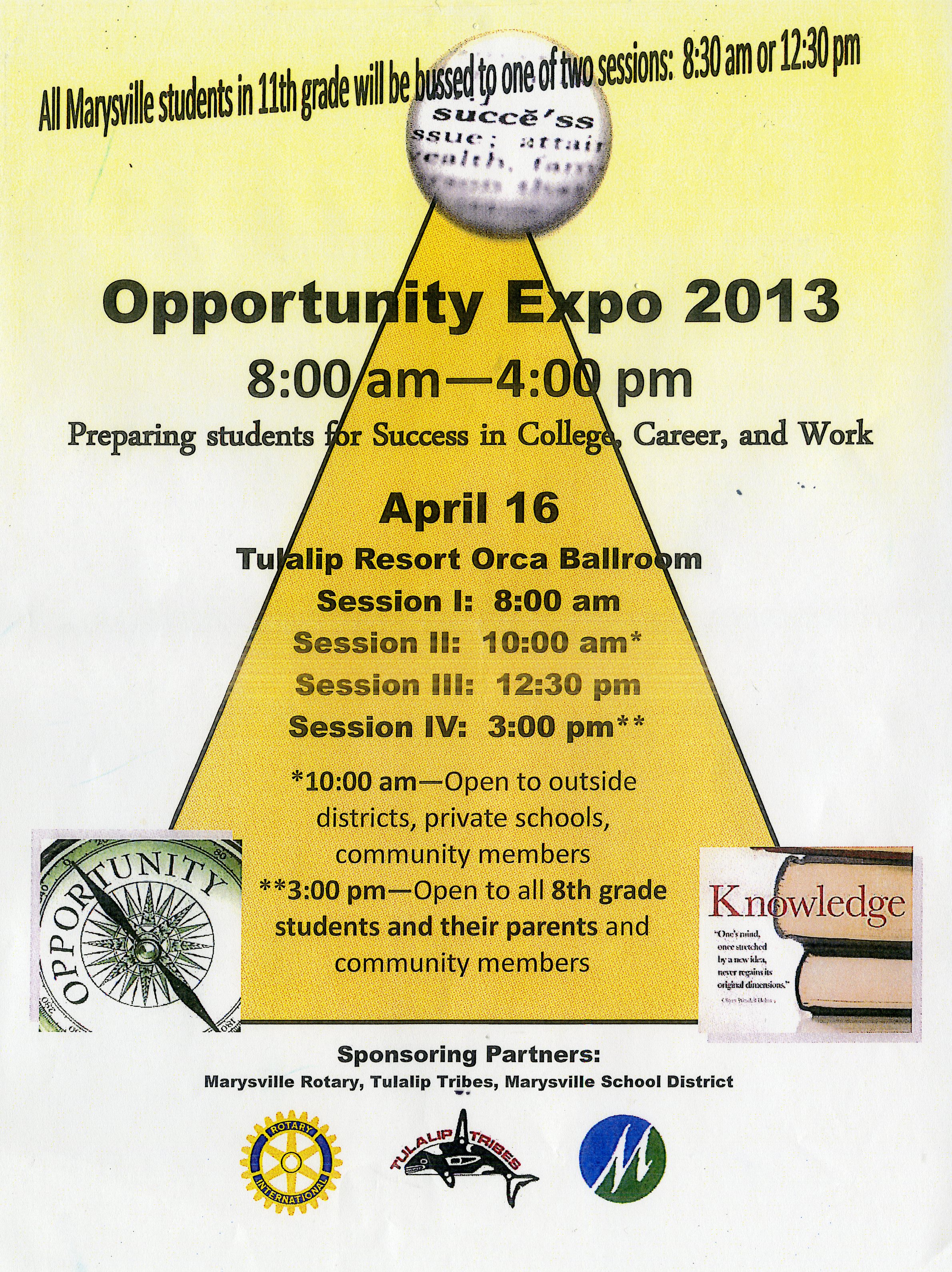Key Tribal Housing Bill Expires in September, Will Need to Be Reauthorized
WASHINGTON D.C. – On Wednesday, April 10 at 2:15 PM, Chairwoman Maria Cantwell (D-WA) will chair a U.S. Senate Committee on Indian Affairs oversight hearing to address housing issues and challenges in Indian Country.
The hearing – entitled “Identifying Barriers to Indian Housing Development and Finding Solutions” – comes five months prior to the expiration of the Native American Housing Assistance and Self-Determination Act (NAHASDA) in September 2013. NAHASDA was last reauthorized in 2008 for five years.
Wednesday’s hearing – the first Senate Committee on Indian Affairs Hearing of the 113th Congress – will review priorities for NAHASDA reauthorization and highlight the housing and infrastructure needs of Tribal members. The hearing will take place in Room 628 of the Dirksen Senate Office Building, and will be available online at indian.senate.gov.
The Committee will seek to determine how to increase cooperation among the federal agencies to improve Tribal housing programs at the Tribal level. Current obstacles for Tribes include the complexity of the environmental review process when using resources from different federal agencies, as well as the timely approval of Indian housing and development plans.
In 1996, Congress first passed NAHASDA to better meet the needs of Tribal governments and to acknowledge that Tribes, through self-determination, are best suited to determine and meet the needs of their members. NAHASDA replaced funding under the 1937 Housing Act with Indian Housing Block Grants and provided tribes with the choice of administering the block grant themselves or through their existing Indian Housing Authorities or their tribally-designated housing entities. In 2002, NAHASDA was reauthorized for five years, and was again reauthorized in 2008 for a five-year period which expires in September 2013.
DETAILS
WHAT: Senate Committee on Indian Affairs oversight hearing on
“Identifying Barriers to Indian Housing Development and Finding Solutions”
WHEN: 2:15 PM, Wednesday, April 10, 2013
WHERE: 628 Dirksen Senate Office Building
Live video and witness testimony will be provided at indian.senate.gov.
WITNESS LIST
MR. RODGER BOYD, Deputy Assistant Secretary, Office of Native American Programs, U.S. Department of Housing and Urban Development, Washington, DC
MS. CHERYL A. CAUSLEY, Chairperson, National American Indian Housing Council, Washington, DC
MS. ANNETTE BRYAN, Director, Puyallup Nation Housing Authority, Tacoma, WA
MR. PAUL IRON CLOUD, Director, Oglala Sioux Lakota Housing Authority, Pine Ridge, SD
MR. RUSSELL SOSSAMON, Executive Director, Choctaw Nation Housing Authority, Durant, OK




